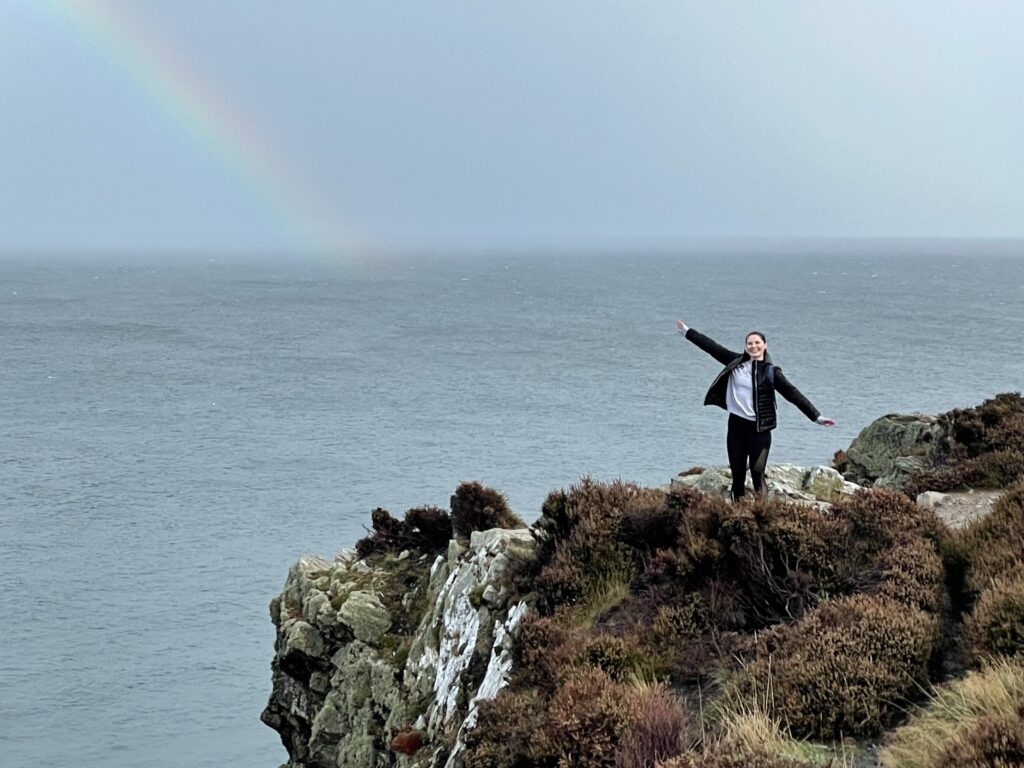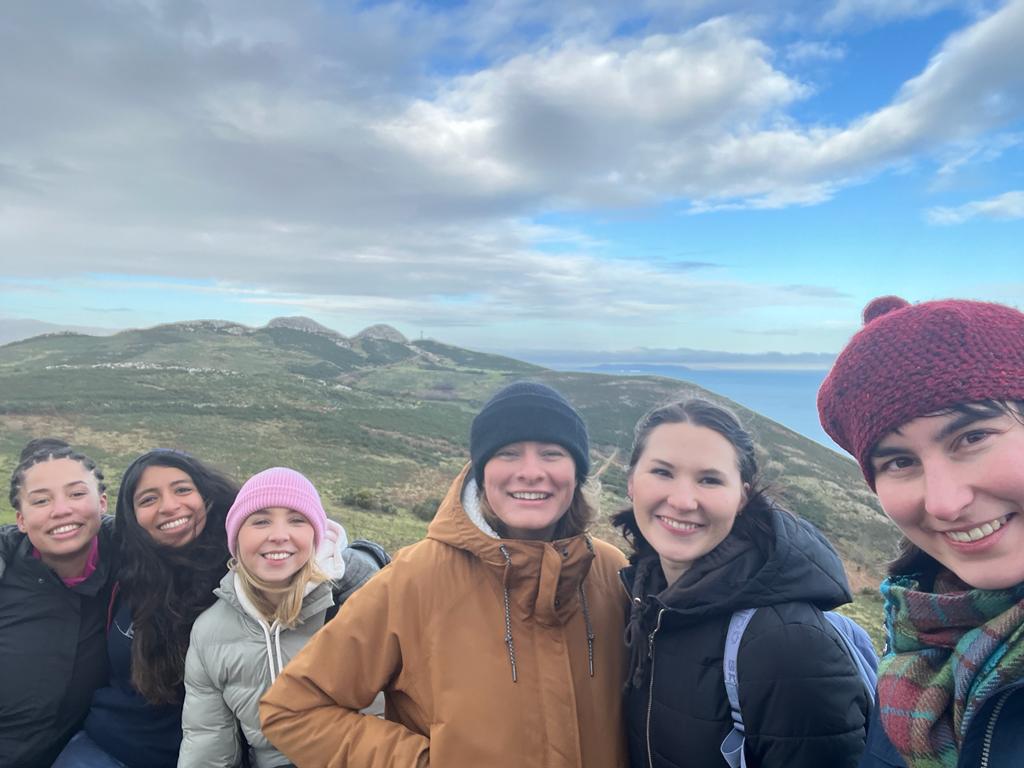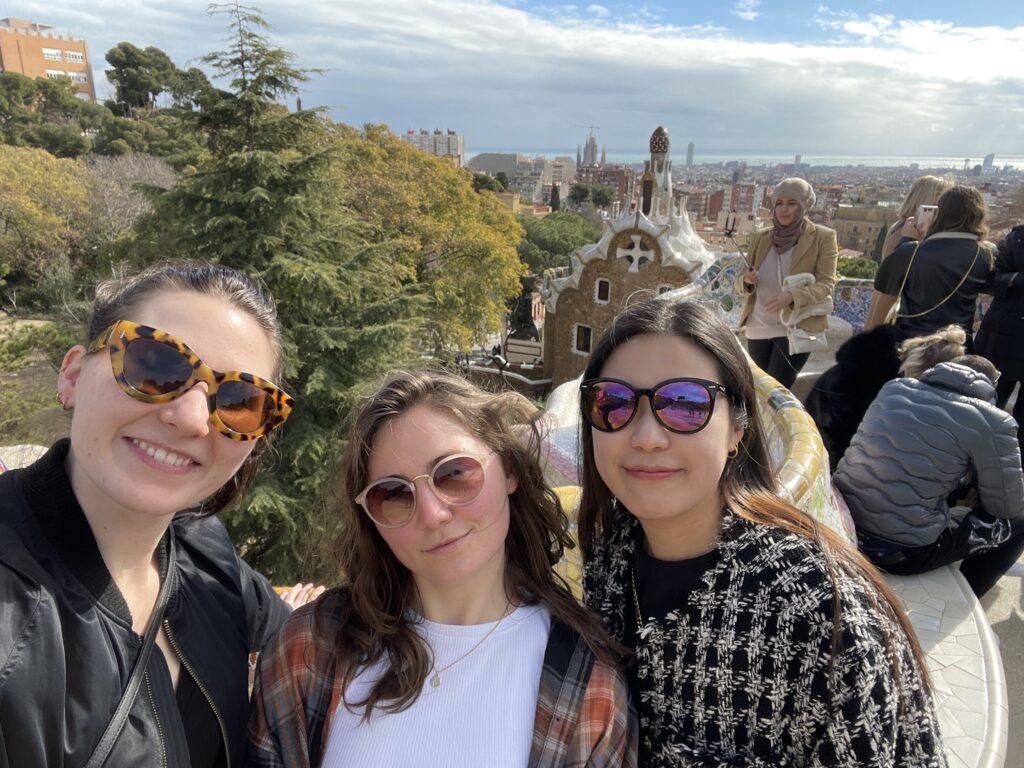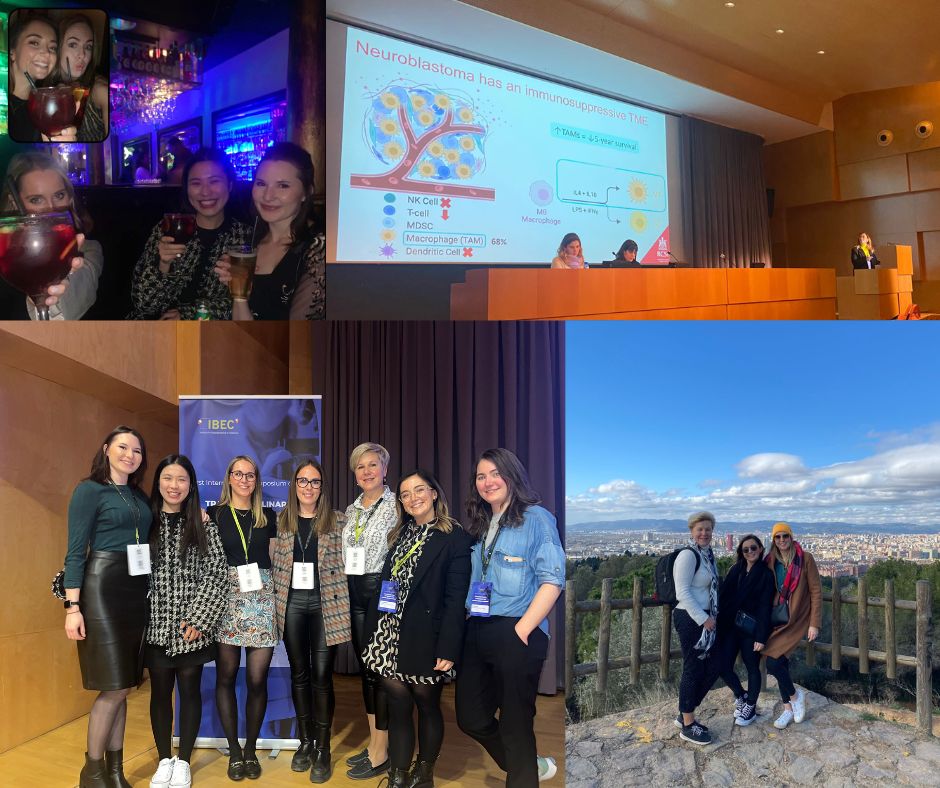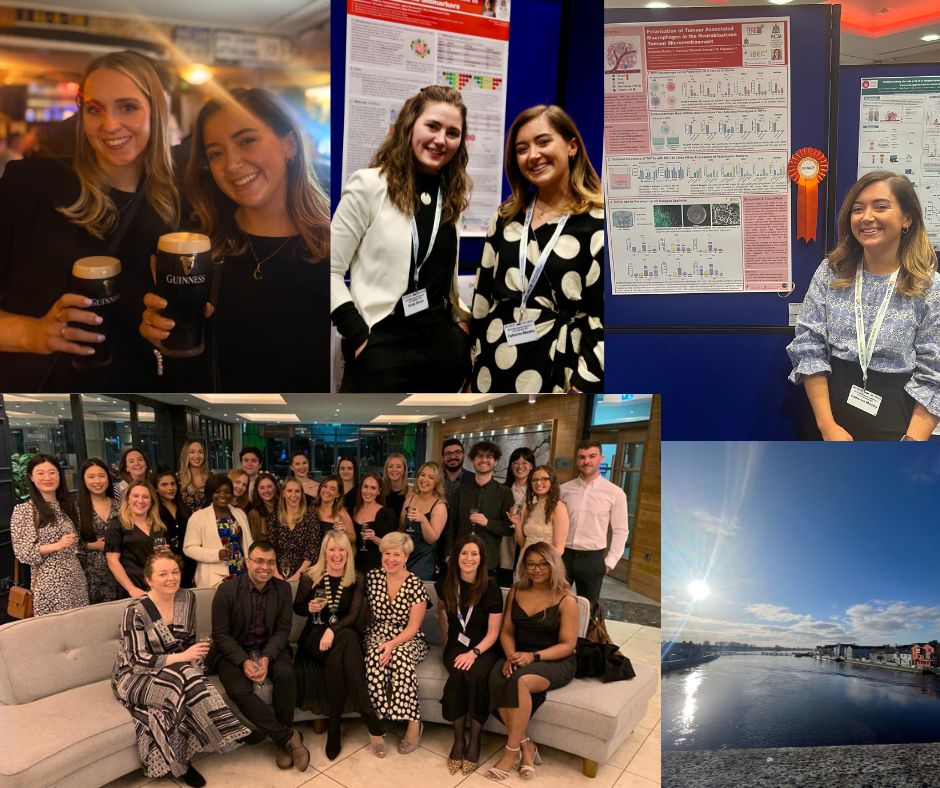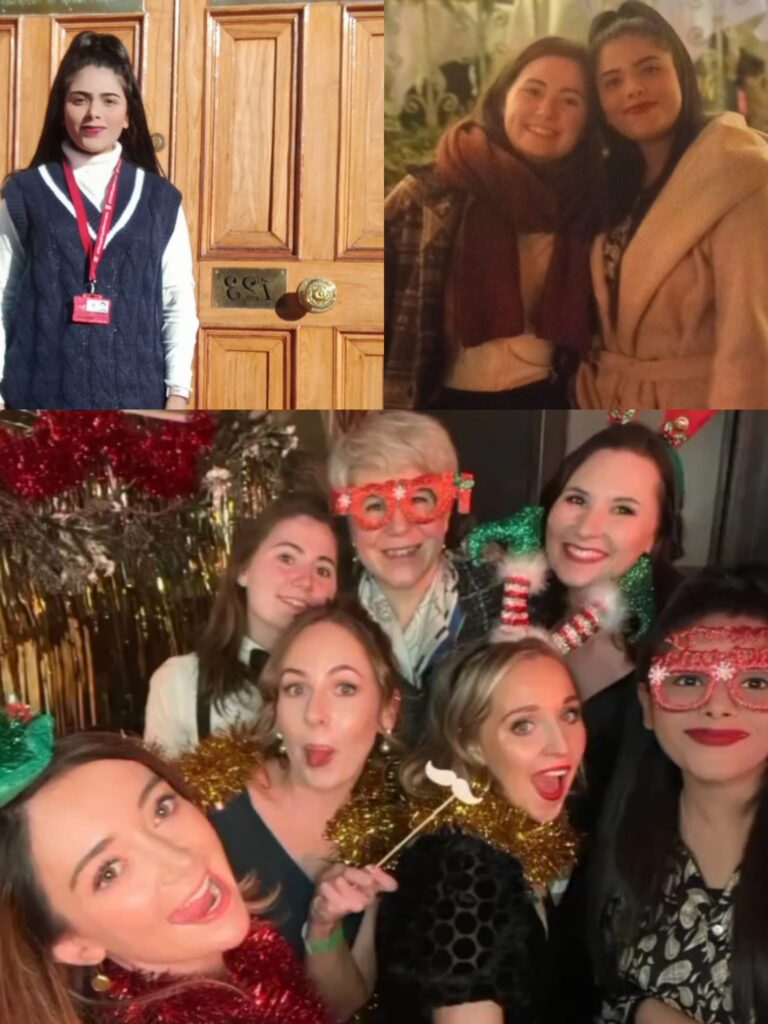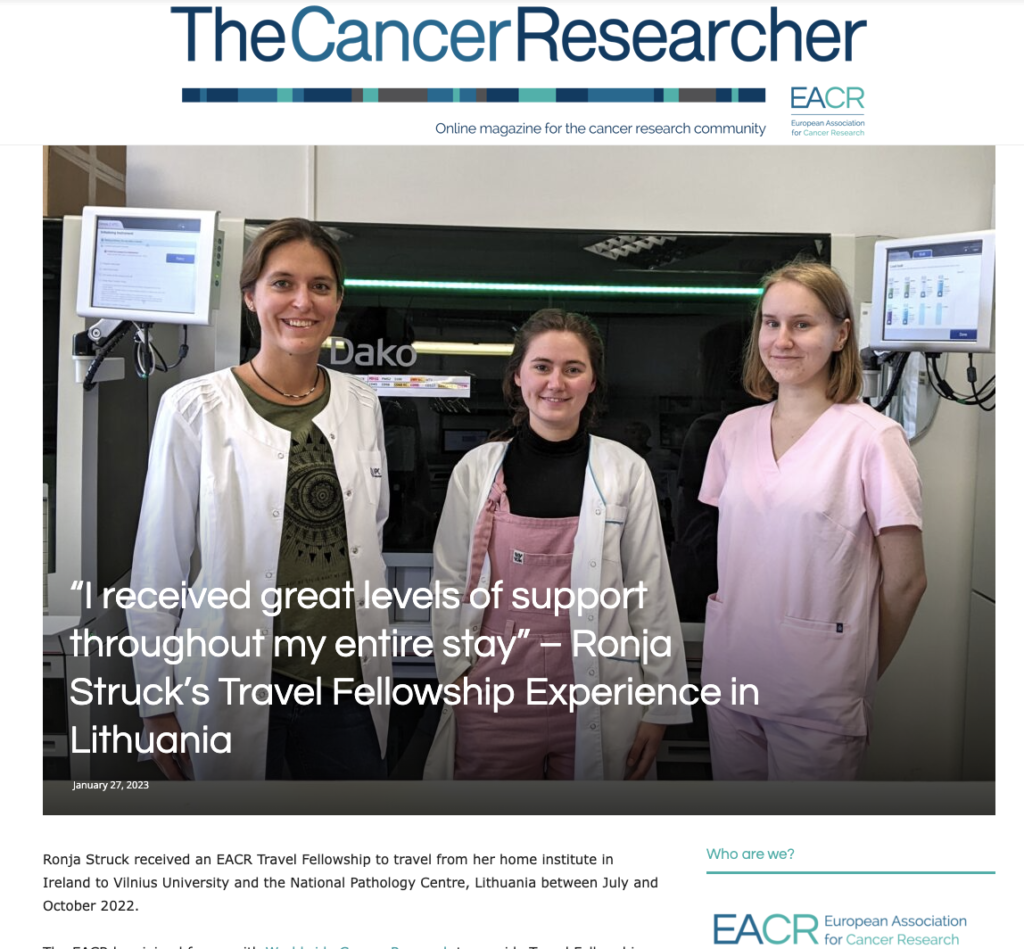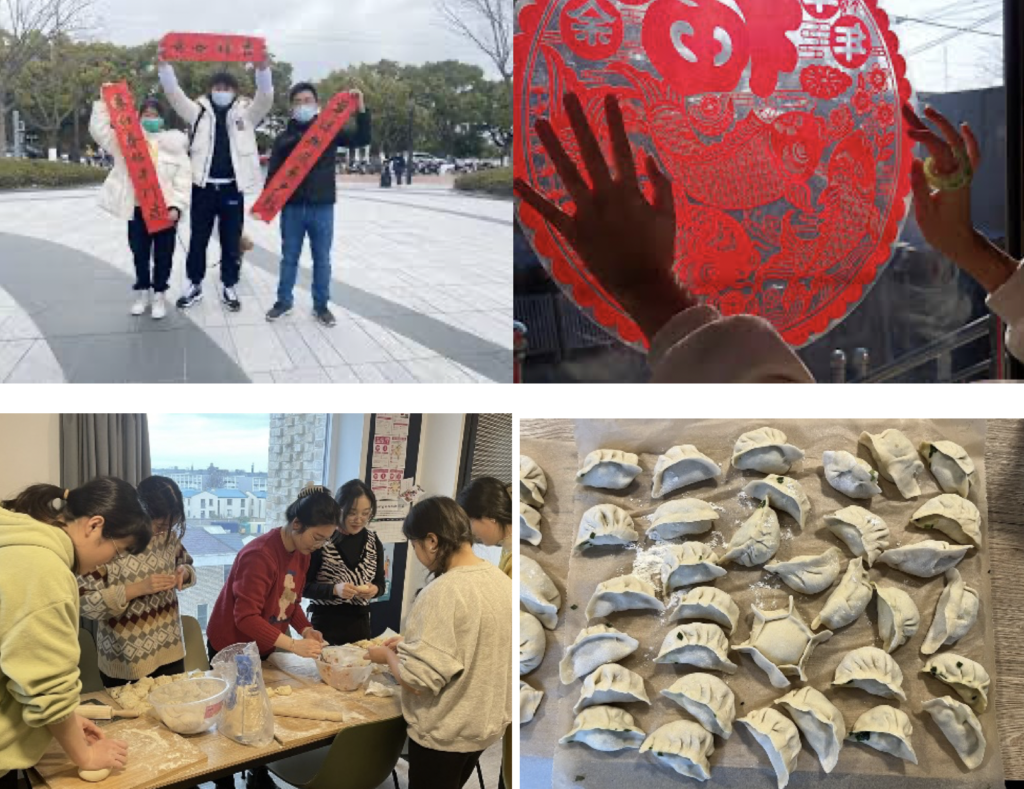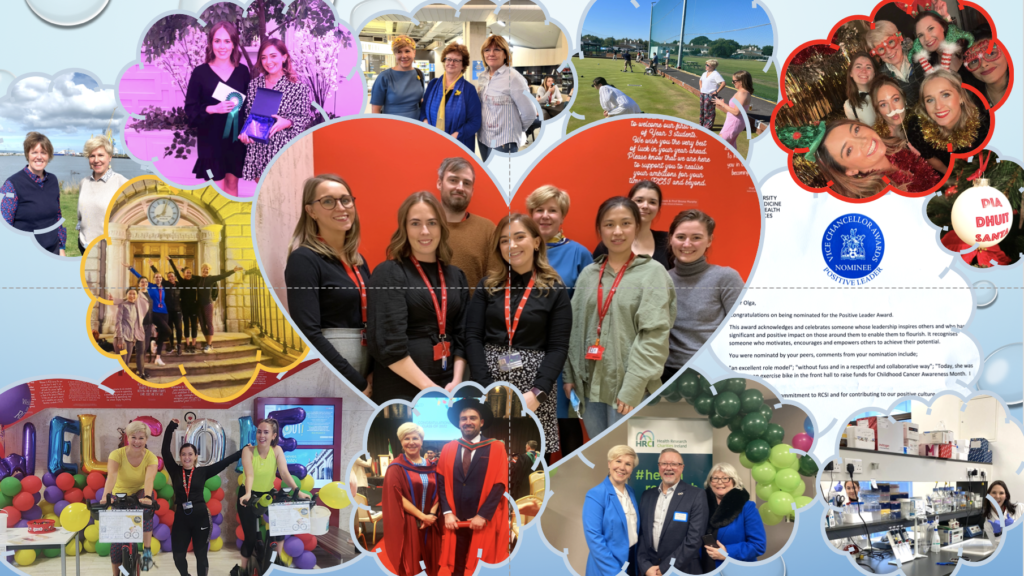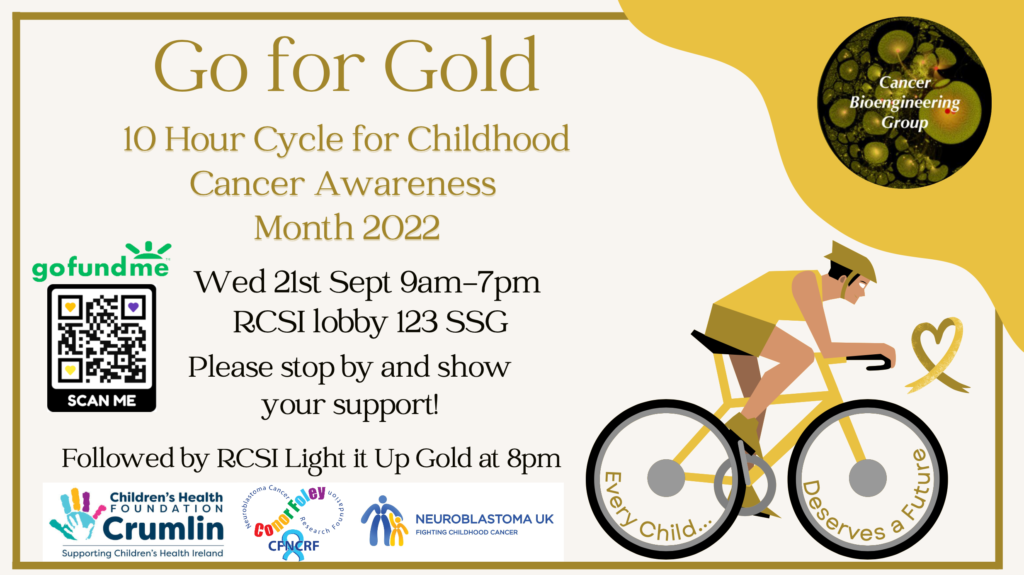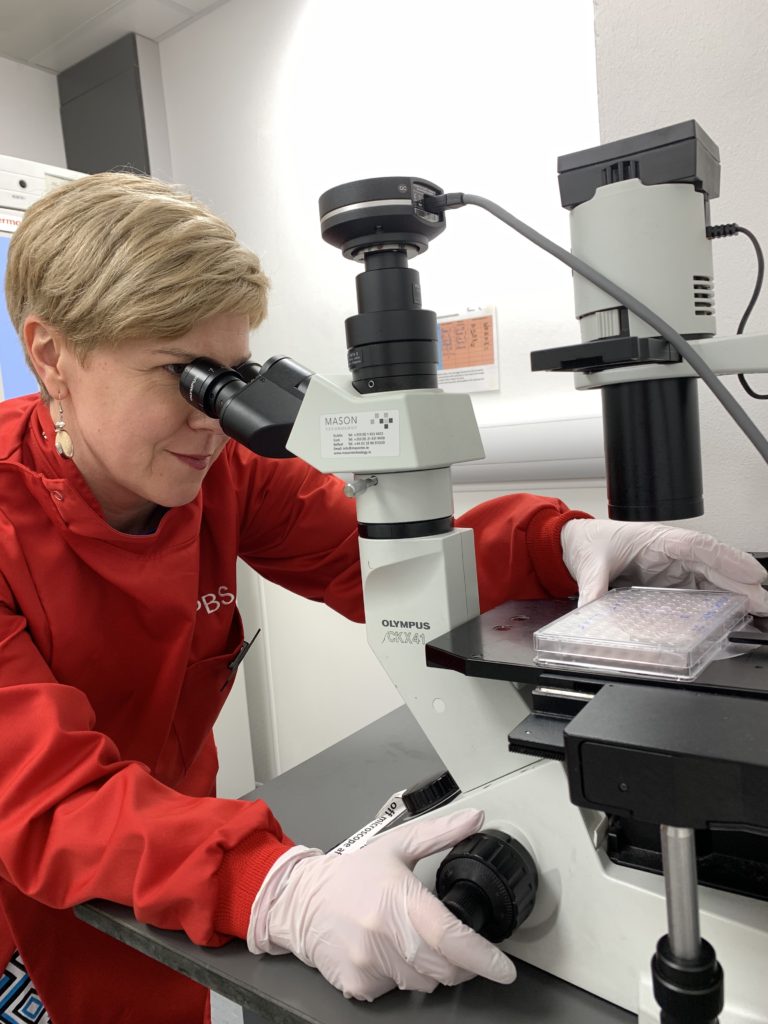Hi everyone,
If you haven’t met me before, my name is Ciara. I’m a final year PhD student in the Cancer Bio-engineering group. My research focuses on using a 3D model of neuroblastoma to uncover pathways that cause cancer cells to invade other parts of the body, in a process we term ‘metastatic spread’. As a whole, I really enjoy my research and have a keen interest in the topic, making it easy to stay motivated and driven. However, as a final-year student, my lab days can be long and labour-intensive; unfortunately, experiments can sometimes span the weekends. This makes work-life balance hard to achieve. I have come up with three effective strategies that help me manage my workload and still enjoy my PhD work while taking the necessary time to recuperate. I would love to share them with you.
- Make a fun recipe – After a stressful day at work, plan a yummy dinner meal. While science experiments can fail, recipes only ever end with a delicious reward of a belly hug after a long day. Making a home-cooked meal helps me take my mind off the day’s stresses and fill myself with nutrients that keep my immune system strong. Check out some of the delicious recipes I’ve made so far.

2. Attend conferences. Conferences are a great way to meet researchers on the same journey as you. They can help keep you motivated and trigger new ideas for your own research. My most recent conference was in Athlone. While I enjoyed presenting my research and listening to talks, I also took some time to make new friends from other universities and explore the history of county Westmeath – for example, having a Guinness in the oldest bar in Ireland (they have a Guinness world record to prove it).
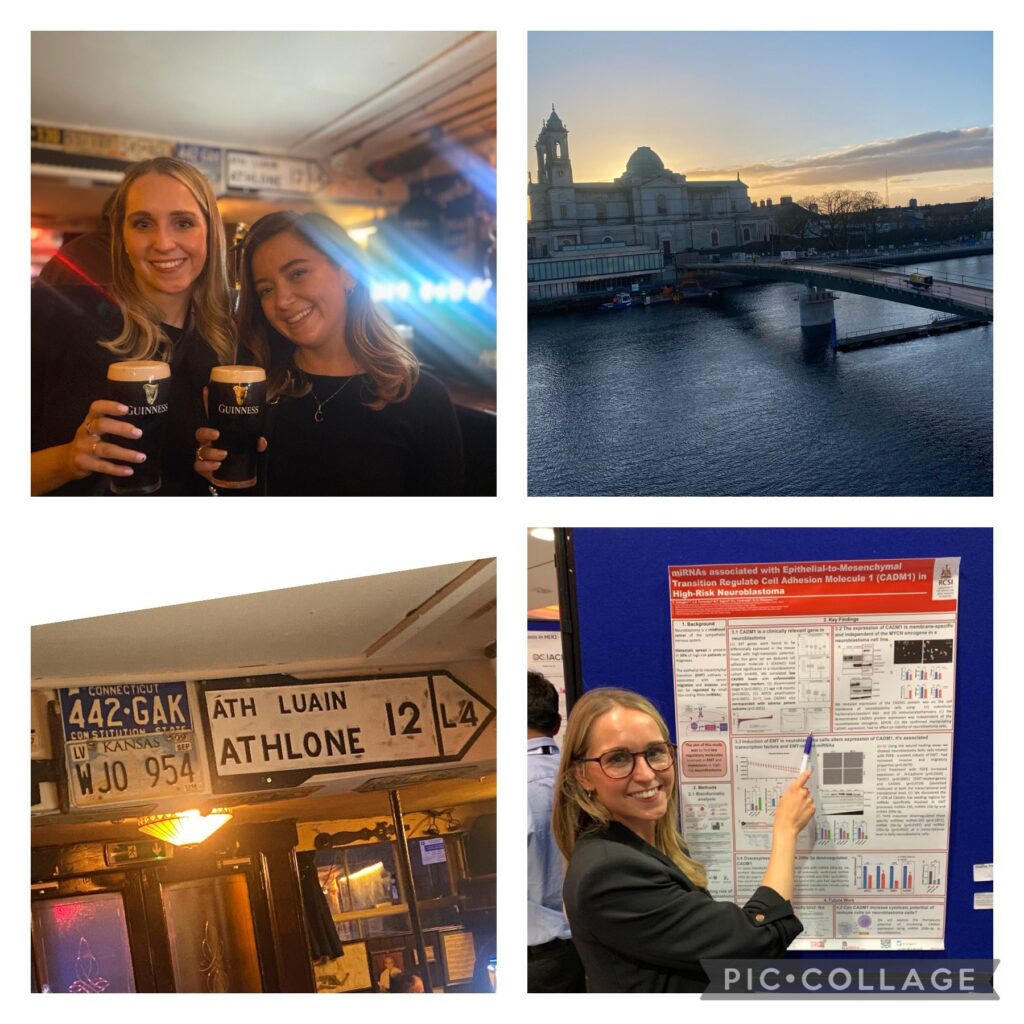
3. Plan a holiday to work towards – There is no better motivation to complete your work than jet-setting off to explore a new country. I aim to take a short science break every 4-6 months. My most recent one was to the snowy Italian mountains for a week of skiing. I came back with lots of fun memories and laughs, feeling ready to launch into another few months of hard work.

Ski hols 2023
Written by Ciara Gallagher


